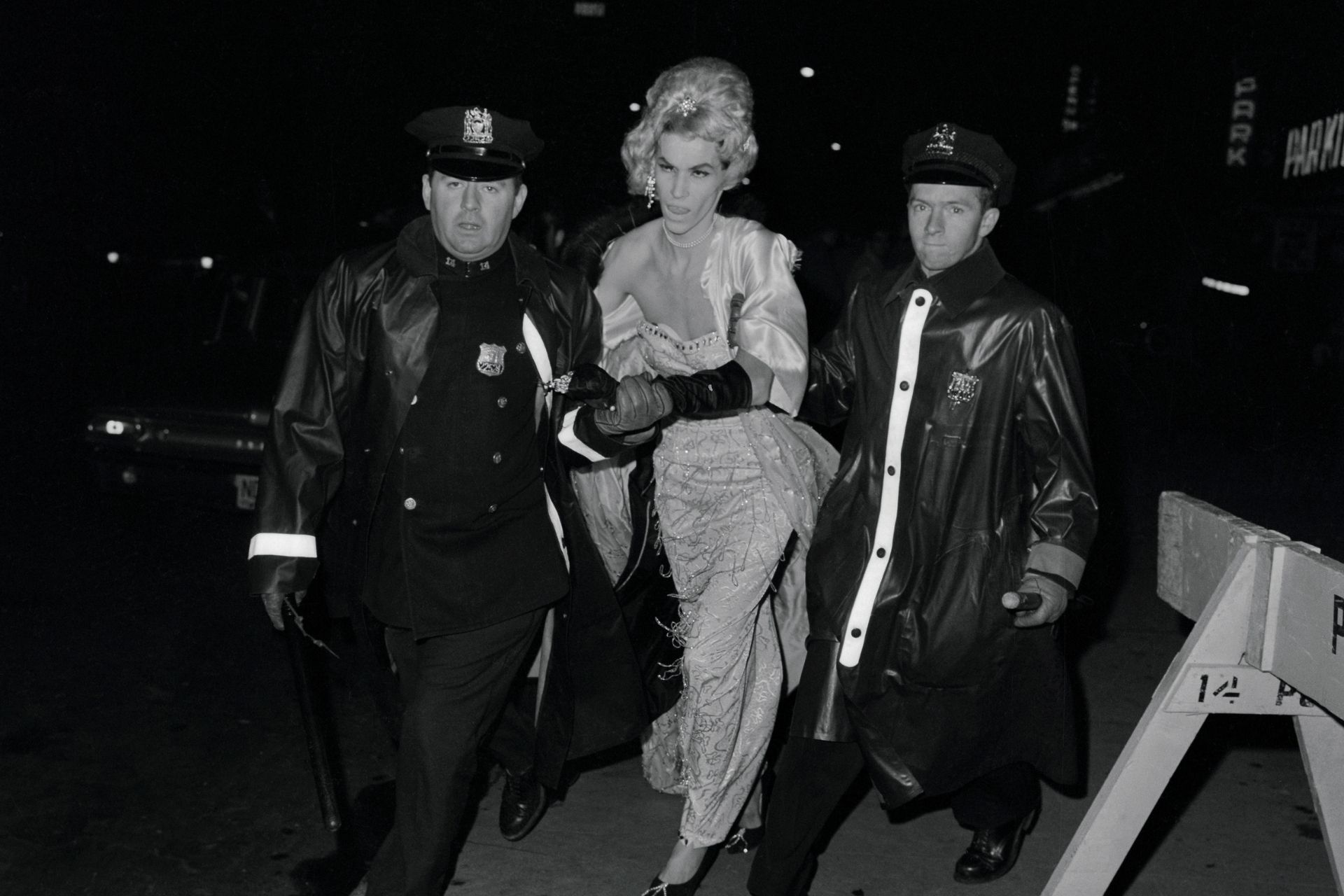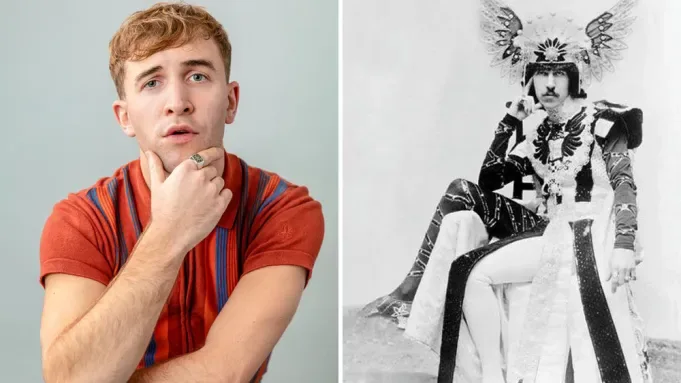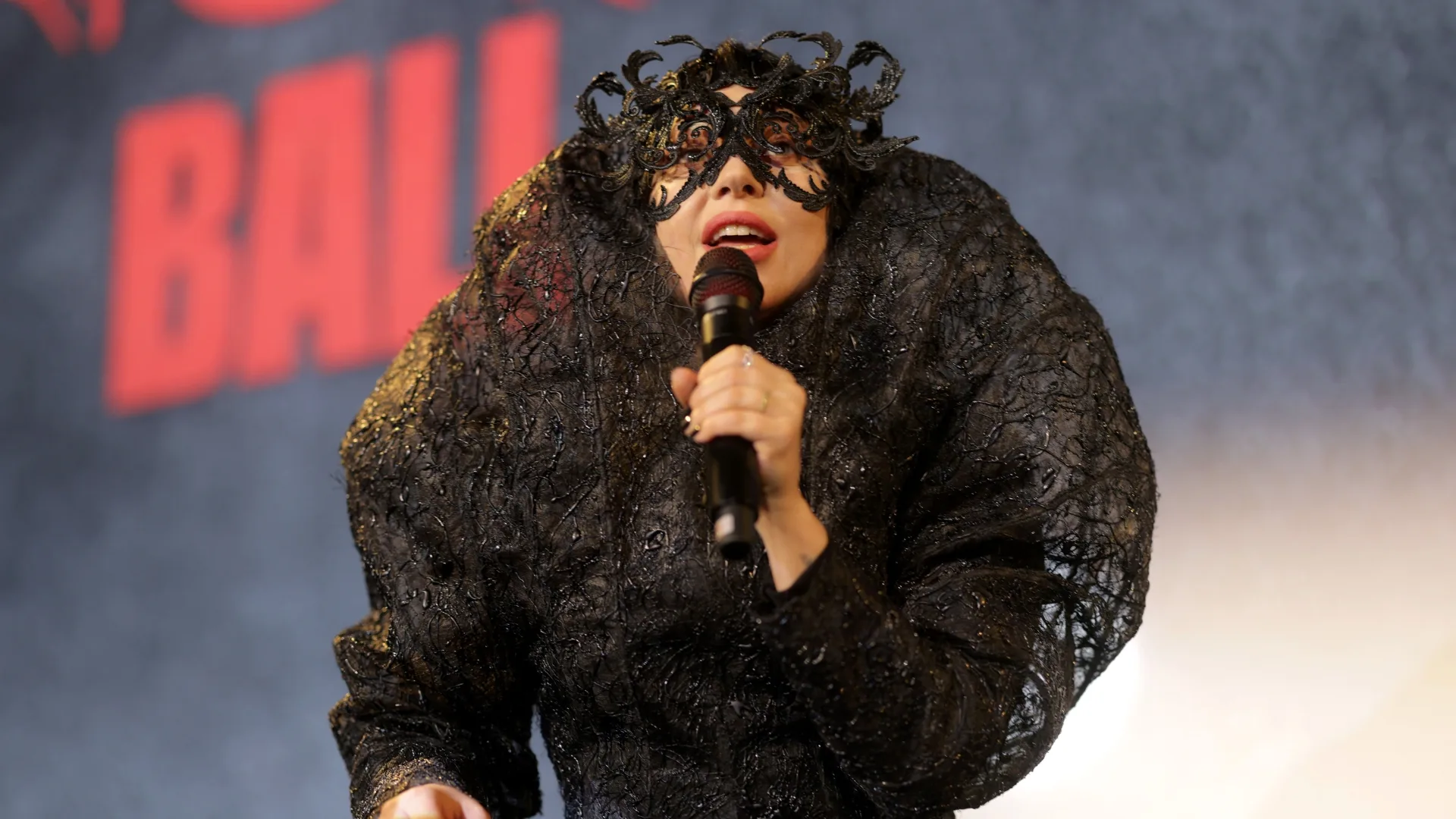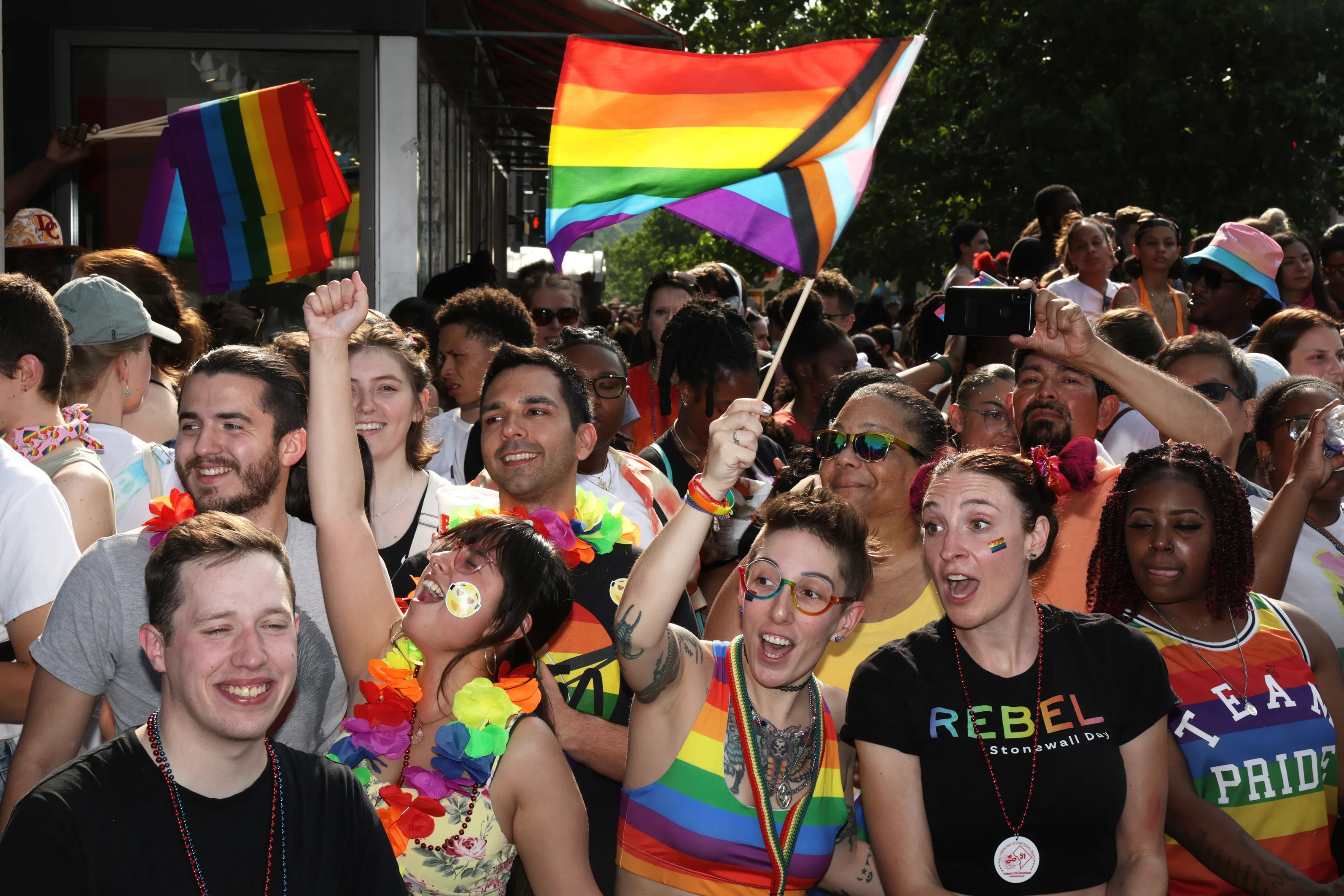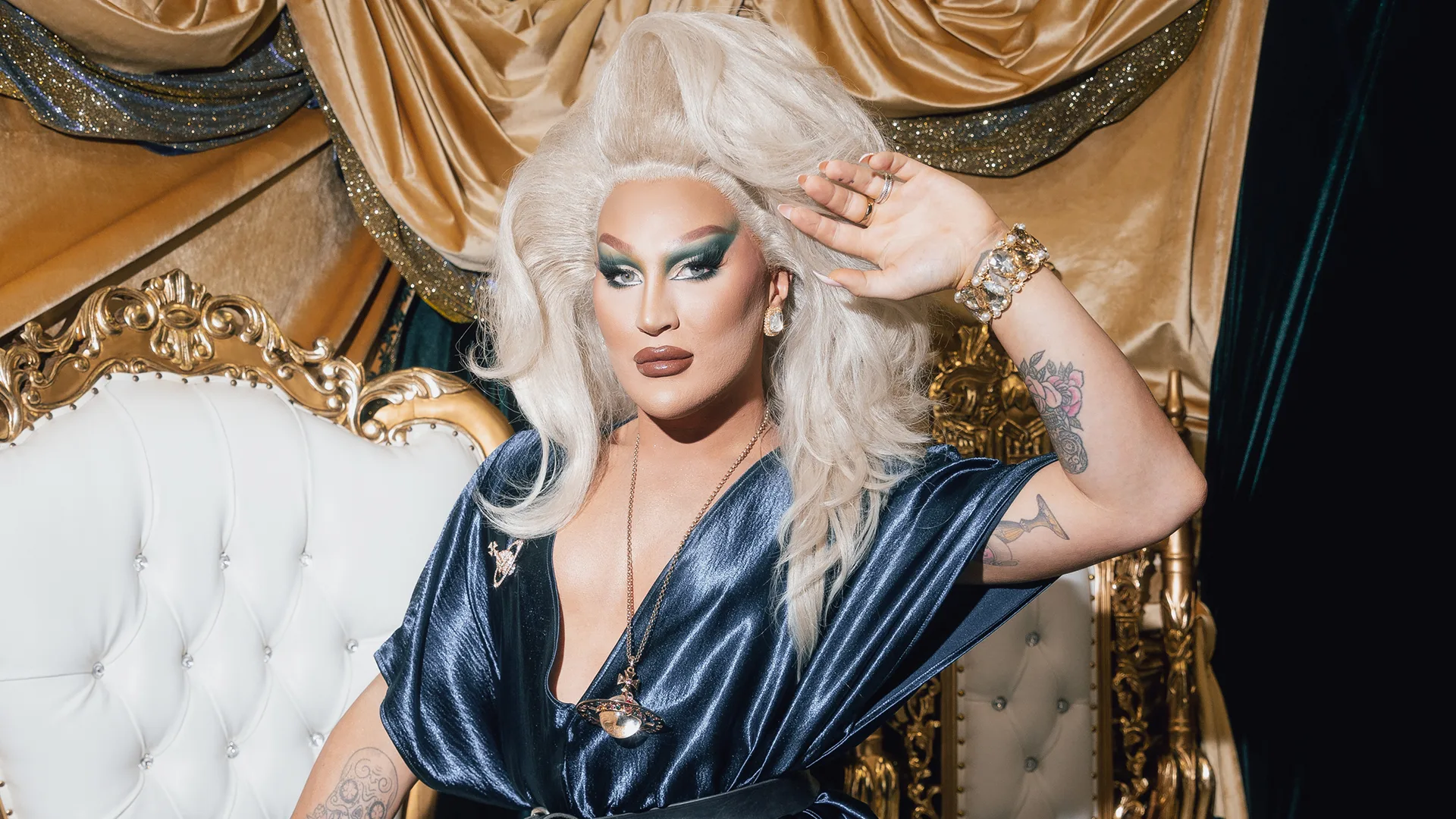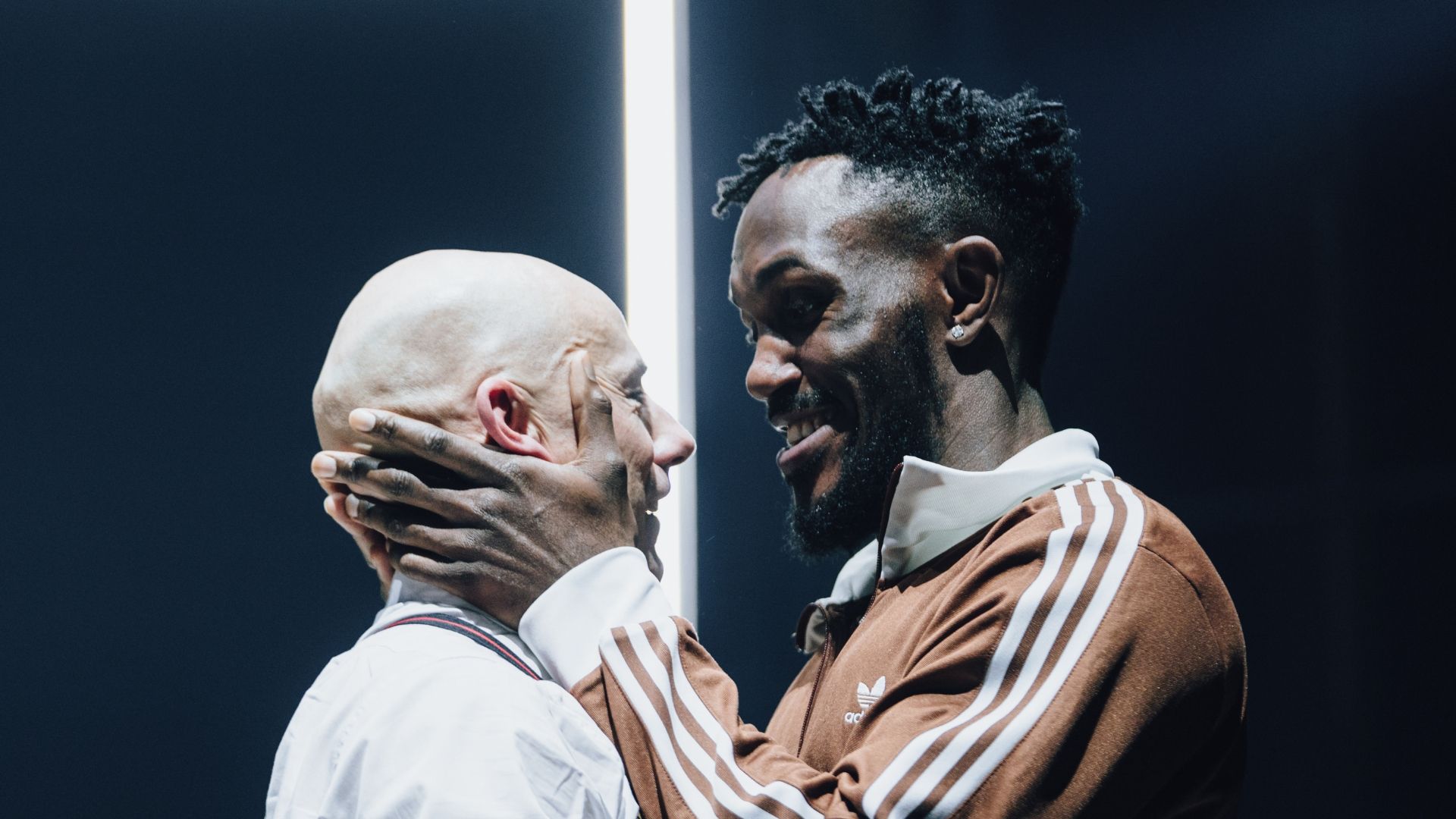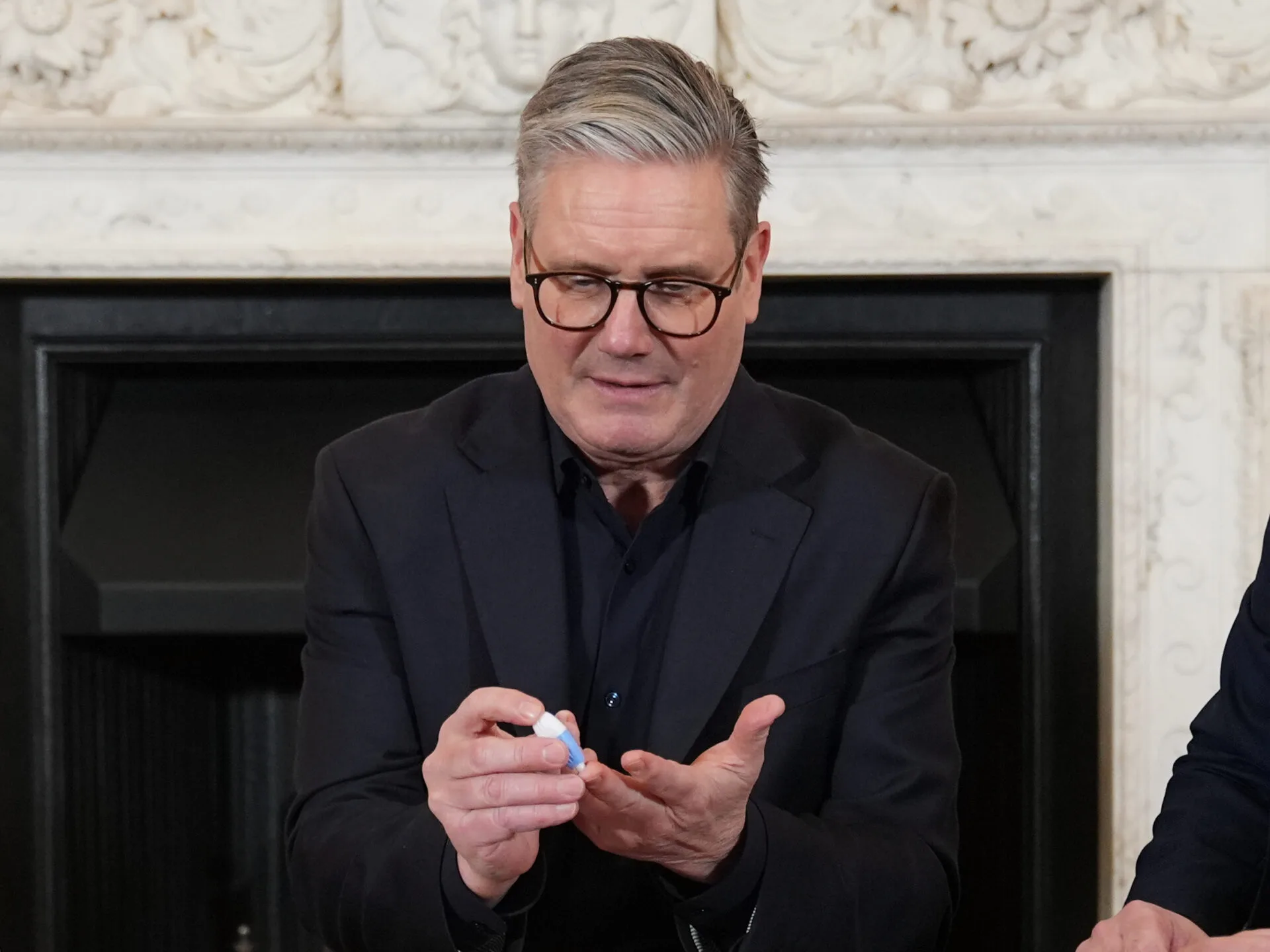Who threw the first brick at Stonewall? Maybe you’re asking the wrong question. While the Stonewall riots can be attributed with pushing Pride With a Capital P into existence, and acting as a watershed moment for the LGBTQIA+ rights movement, this wasn’t the first time our community fought back against suppression.
The true history of Pride is a lot longer – and more complicated. And while this list is not meant to be exhaustive, it does highlight some of the pre-Pride heroes who risked their freedom for LGBTQIA+ defiance.

Mother Clap’s 18th Century Gay Club
Potentially the first ever example of Gay men using “mother” to describe a woman they love (I have no historical evidence to back this up), Mother Clap ran one of most famous “molly clubs” in London, in the 18th century. Molly houses were meeting points for LGBTQIA+ people. Gay men in particular could make connections in a relatively safe environment, though homosexuality was still very illegal. They were usually coffeehouses, inns or taverns. Margaret Clap, affectionately known to her patrons as “Mother Clap” is suspected to have hosted her molly house in her own private residence as she left to collect drinks for her guests, and reportedly had “beds in every room of the house”.
In 1726, her premises were raided with more than 40 occupants arrested. Mother Clap was found guilty as charged, forced to stand in the pillory, pay 20 marks and serve two years in prison. Little is known of this important ally after that point.

Lesbian Love Mags of the Weimar Republic (And Gay Ones Too)
Prior to the Homophobic policies implemented by the Nazi regime, Berlin was famous for its colourful LGBTQIA+ scene. This was a groundbreaking time for research into gender and sexuality, spearheaded by Gay Jewish sexologist Magnus Hirschfield, later exiled from Germany under the Nazis.
One group that really made the most out of the relatively lax censorship laws were Lesbian journalists and writers. Other Gay journals such as Der Eigene and Die Freundschaft had already paved the way for homosexual publishing, but mostly focused on Gay male issues (surprise!). In 1924, Der Freundin became the world’s first Lesbian magazine, publishing short stories and personal ads for meeting other Lesbians at bars. Frauenliebe and Die BIF followed. This was one of the first examples of Lesbianism stepping out of the shadows and into the relative mainstream. The early 20th century in Berlin was also a thriving time for Lesbian fiction, such as Der Skorpion, in which an upper-class girl starts a heady affair with a woman ten years older.
Tragically, much of the incredible writing of the early German LGBTQIA+ movement was lost, destroyed or burned as a result of new censorship laws introduced at the end of the 1920s, and the Nazis’ rise to power. An estimated 12,000 – 20,000 books at Magnus Hirschfield’s groundbreaking Institute for Sexual Science were burned by the Nazis in 1933.



Throwing Coffee And Donuts At The Cops
Though details and evidence are shaky, reports of an uprising in Los Angeles 1959 in which queer people reportedly threw coffee, donuts, coffee cups and trash at police officers in protest over targeted arrests remains a valuable part of the Gay liberation story. Supposedly, at a time when queer people were accepted in very few public spaces, a donut store welcomed them in. When two police officers entered and attempted to make arrests one night, they were pelted with pastries by the angry, caffeinated mob, fleeing the scene. They later reportedly returned, blocking off the street and beating and arresting several people.
Years later, coffee was again thrown at cops during the 1966 Compton’s Cafeteria Riot. Following frequent police harassment and discrimination from the owners of a cafe in the Tenderloin district of San Francisco, a group of mostly Trans sex workers and drag queens fought back by throwing drinks, sugar shakers, plates and tables at officers attempting to make arrests, while hitting them with stilettos and handbags.

Annual Reminders and Homophiles
Before Stonewall, the ‘Homophile movement’ saw early Gay liberation groups fearlessly fight for freedom during the hostile environment of the 1950s and 60s. Although many started as low-key, semi-secret societies set-up for mutual support and understanding, the civil uprising of the 1960s gave way to increased visibility as the groups participated in public demonstrations. In this 1957 edition of The Ladder distributed by the Daughters of Bilitis group, women are encouraged to take off their masks. In retrospect this feels slightly ironic – the group also advocated for assimilation and discouraged masculine clothing.

Inspired initially by communist political organising and later the civil rights movement, the Mattachine Society aimed to “unify Homosexuals isolated from their own kind” and “Educate Homosexuals and Heterosexuals toward an ethical Homosexual culture.”

In 1965, the group picketed the White House, leading to “annual reminder” picketing events organised by the Eastern Regional Conference of Homophile Organizations in Philadelphia. These continued until 1969, forming the basis for the annual protests we now call “Pride”.
Follow the author on Instagram.

